Operating System: Virtual Memory, TLB, and Page Replacement
VerifiedAdded on 2023/04/24
|7
|870
|248
Homework Assignment
AI Summary
This assignment solution delves into the core concepts of operating systems, specifically focusing on virtual memory management and the Translation Lookaside Buffer (TLB). The solution addresses questions related to page mapping, swapping, and the role of the TLB in address translation. It explains how logical addresses are converted to physical addresses and how the system handles TLB misses and page faults. The assignment includes a code simulation that reads addresses from a file, translates logical addresses to physical addresses, and calculates page fault and TLB hit rates. The provided code demonstrates the implementation of a TLB and a page replacement algorithm. The document concludes with the output of the program, showcasing the virtual and physical address mappings, and includes a bibliography of relevant academic resources.
1 out of 7
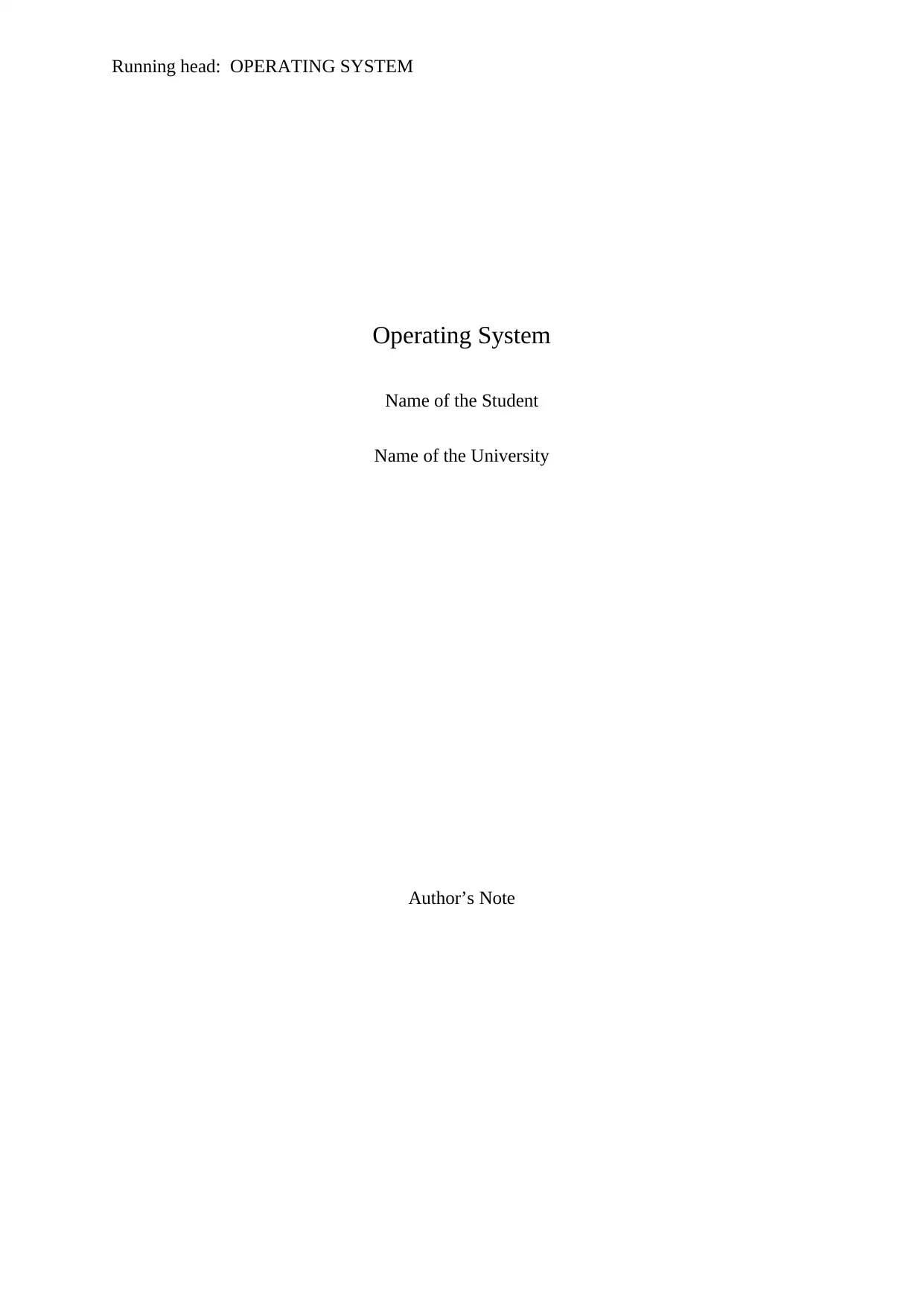
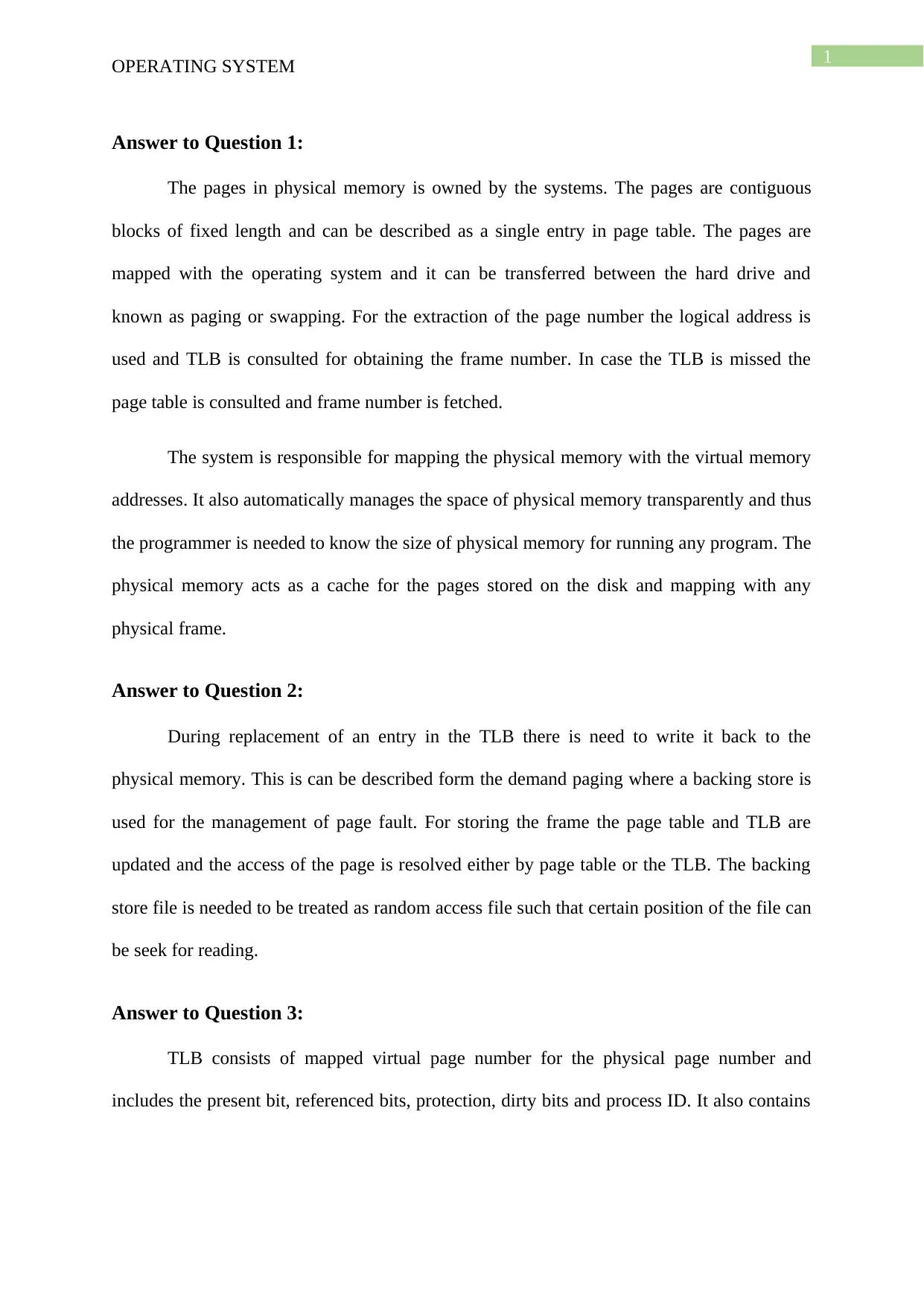
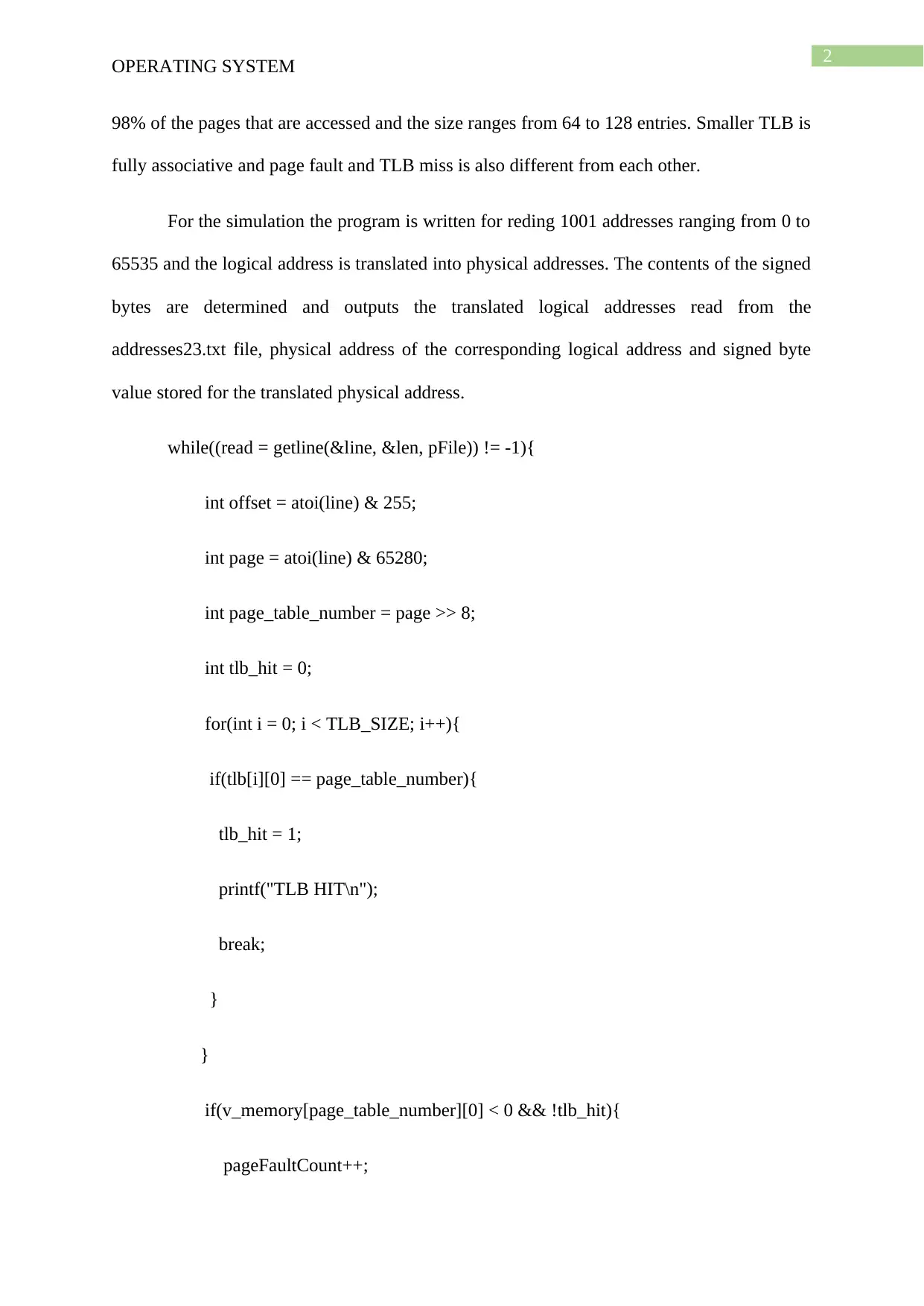

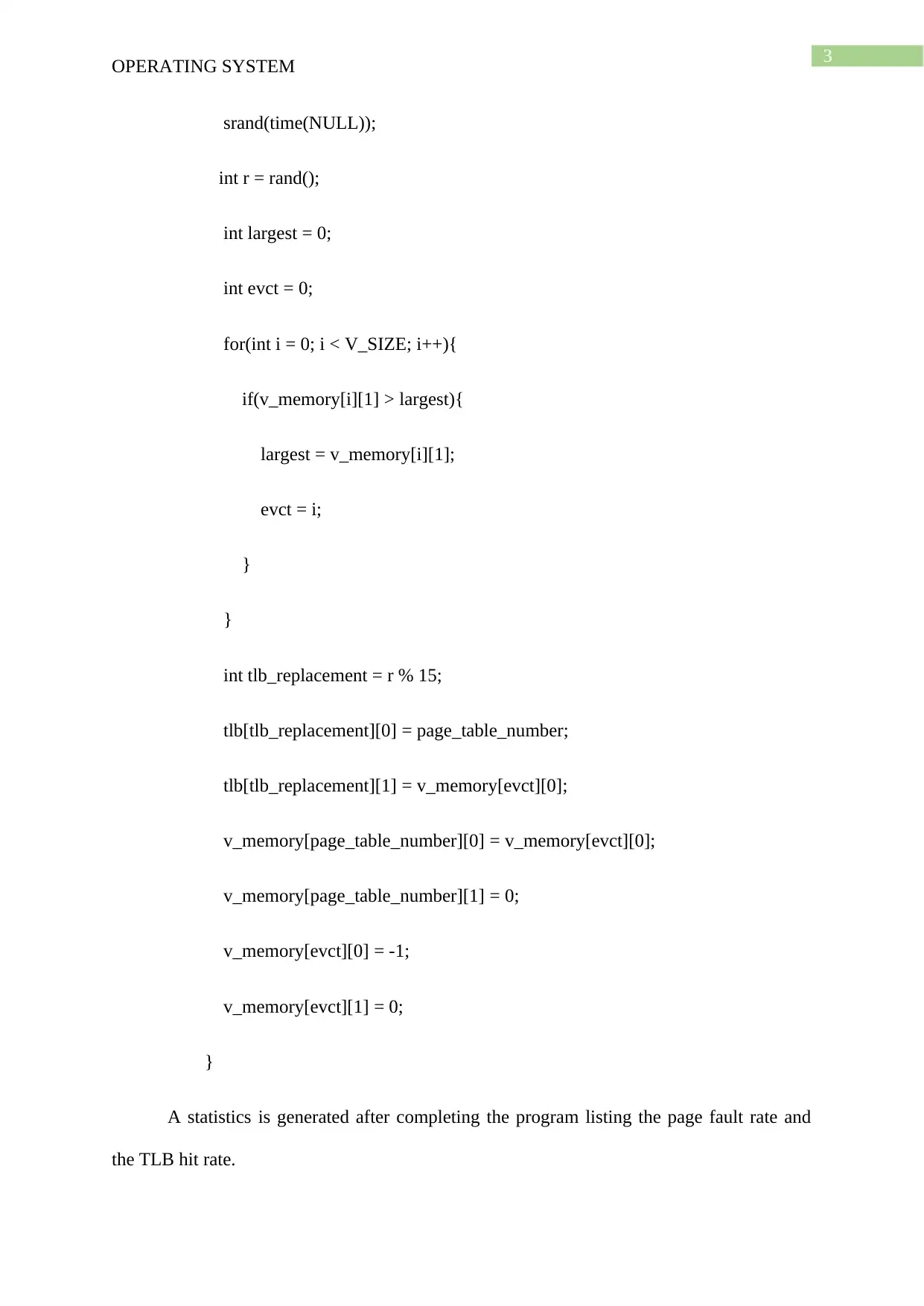
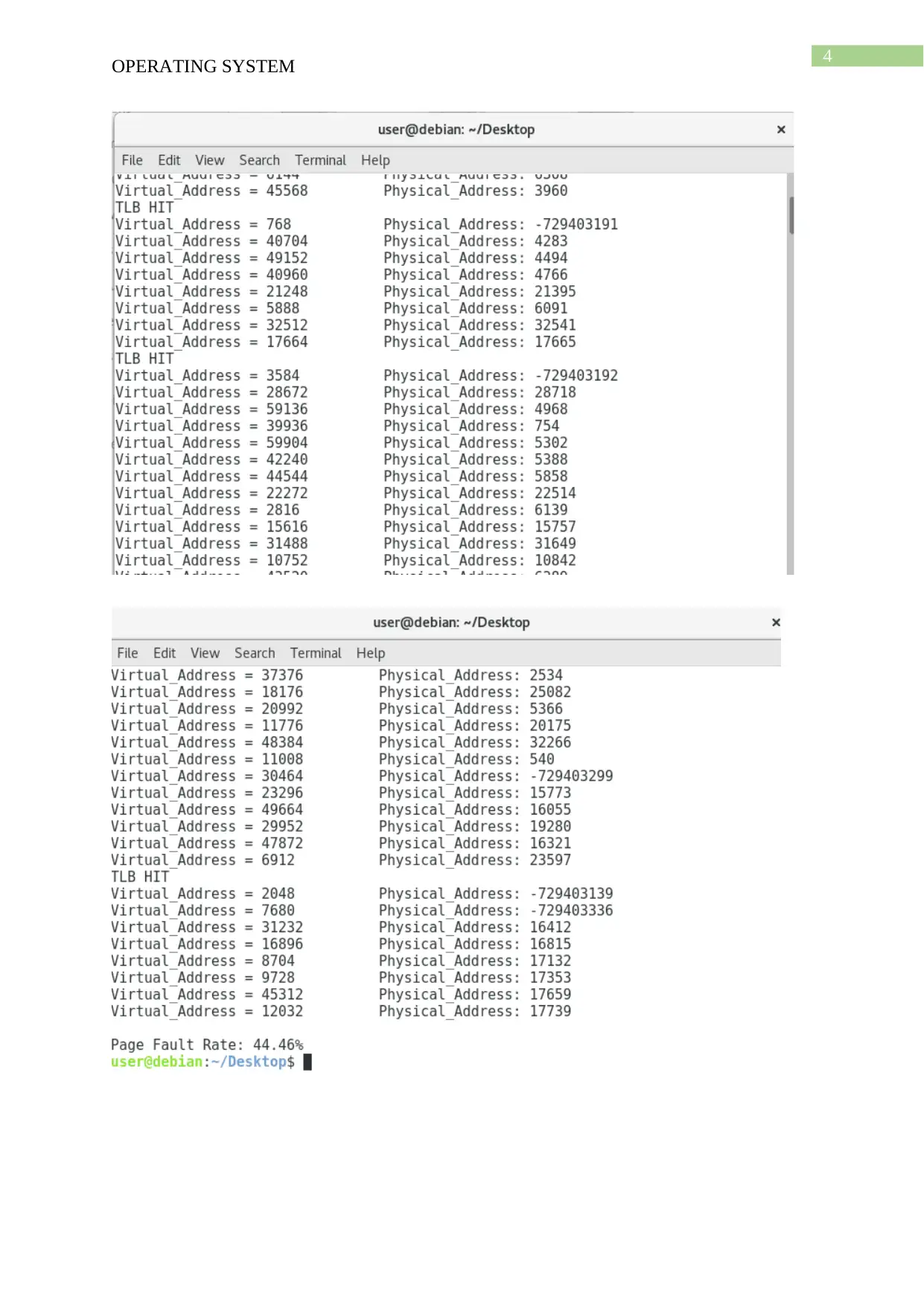
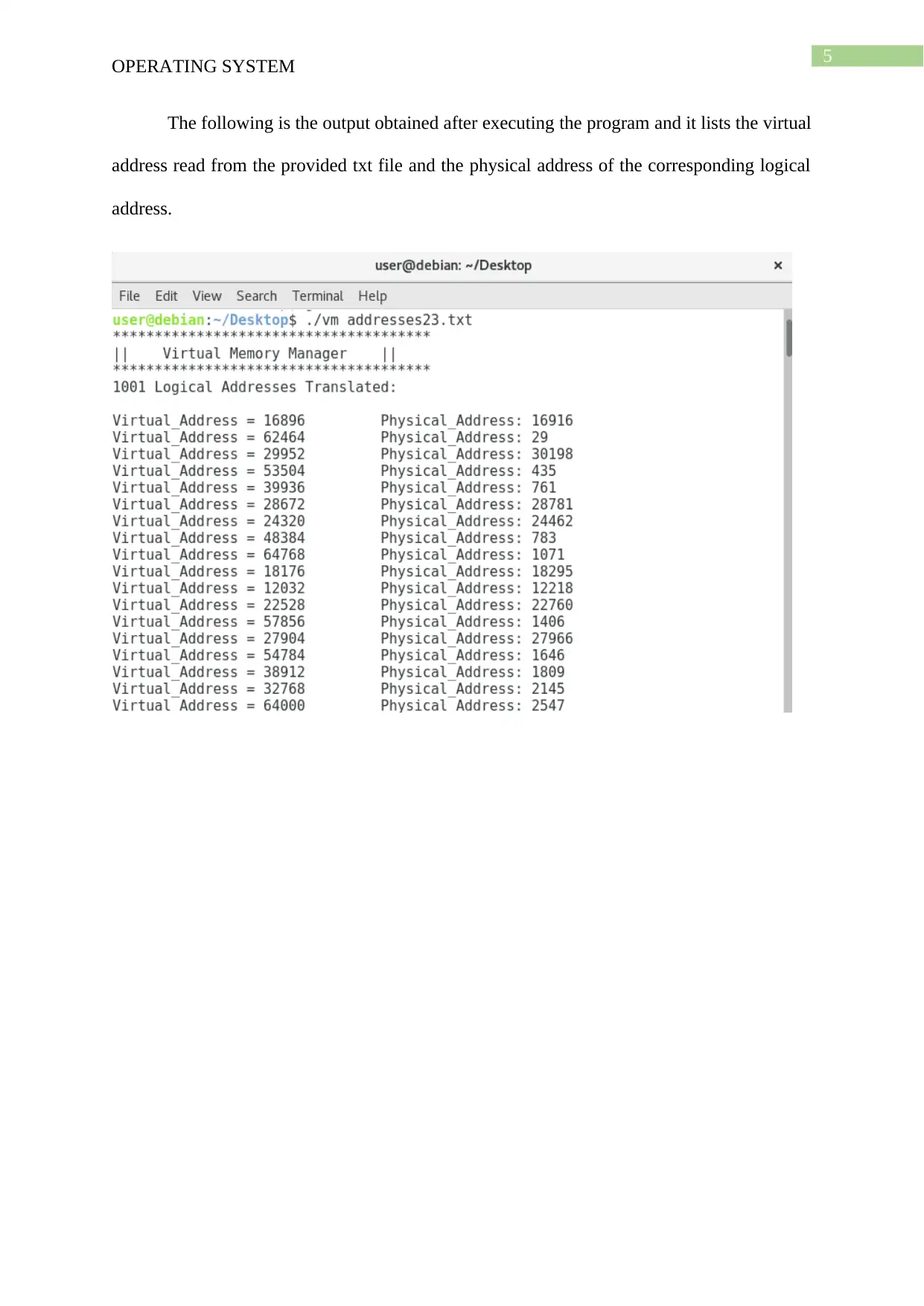
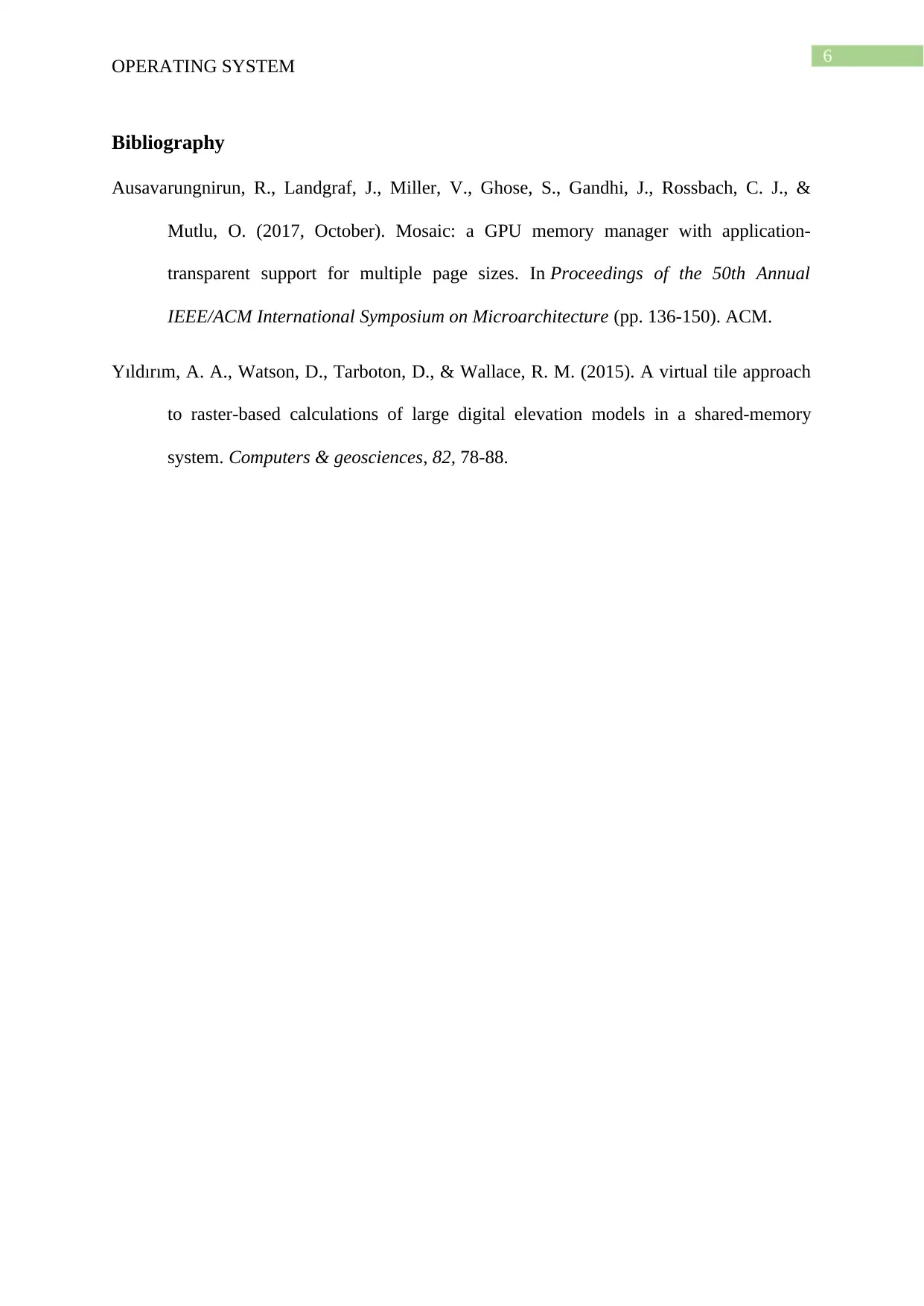






![[object Object]](/_next/static/media/star-bottom.7253800d.svg)